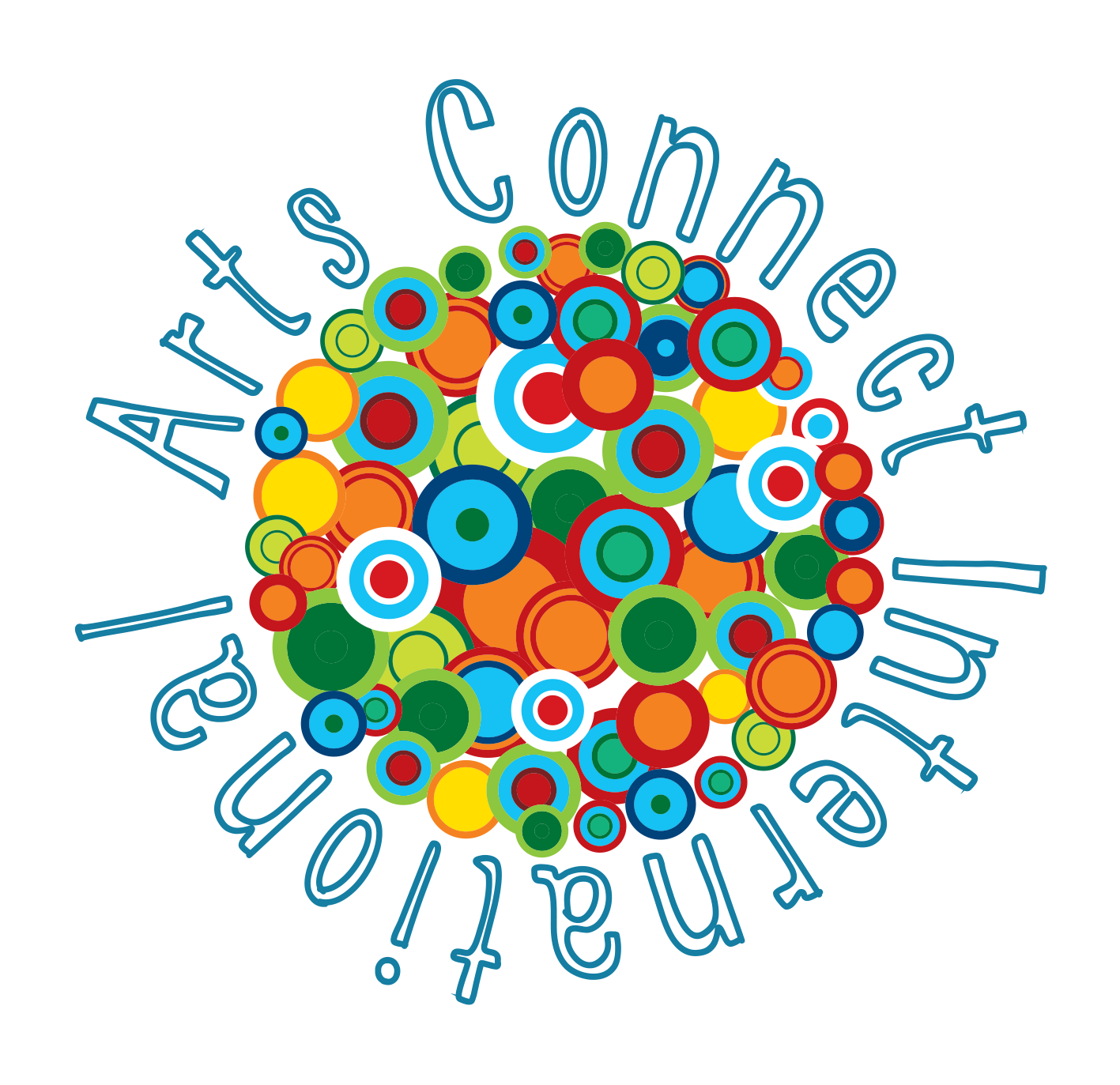About the guest blogger: Ayokunle ‘Ayo’ Abogan is from Nigeria, and (as a young boy) went with his mother, now a retired midwife, to rural villages in Nigeria where she volunteered her midwife skills to those who had no healthcare facilities. He plans to move to Botswana soon to start his job with the Clinton Health Access Initiative (CHAI), and focus on malaria elimination in Southern Africa.
Blog Title: Path to Reducing Pregnancy and Neonatal Challenges in Sub-Saharan Africa: The case for good, quality access to maternal and child health (MCH) care and services
Despite considerable global awareness and progress regarding the persistent burdens of maternal and neonatal mortality and morbidity, it is increasingly evident that the enormous burden of these health issues varies across and within regions. Largely, Sub-Saharan Africa (SSA) lags behind in terms of progress made to reduce the main causes of maternal and neonatal death in the world, despite the recognition of the importance of integrating maternal and neonatal care by the World Health Organization (WHO) in the 1990s. The 4As (availability, accessibility, acceptability and accountability — I will address the other As in other blogs) are important to reduce the burdens of maternal mortality, neonatal mortality and stillbirths especially in areas where women lack the support and care needed, including pregnancy, labor and postnatal care, at appropriate times.
Countries in Sub-Saharan Africa, including Nigeria and Somalia account for some of the largest numbers of neonatal deaths, and highest neonatal mortality rates globally. In most African countries, accessibility represents a huge challenge for reasons such as: severe shortages of skilled-birth attendants especially in rural areas, high cost of health services, absence of essential equipment and drugs, poorly maintained health facilities, infrastructural problems (e.g. lack of electricity and roads), poor allocation of financial resources for MCH care and services, and inadequate information about MCH services provided in health centers.
ACCESSIBILITY focuses on the provision of essential, women- and child-centered services that accelerate reductions in mortality and morbidity, along with the enabling environment that addresses the diversity of needs based on local, demographic and epidemiological factors. These include having access to prenatal checks including blood tests and ultrasounds, adequate access to skilled birth attendants, provision of counselling services, and treatment of infections and other pregnancy related diseases. Additionally, accessibility concentrates on the ability of women to use essential maternal and child health services. Accessibility is not limited to having a satisfactory size of nurses or skilled birth attendants in health centers or building sufficient clinics to ensure adequate coverage for the population in a geographical area. It also includes the affordability of services, eliminating discrimination in the provision of services and providing services in a culturally acceptable way, gaining access to services regardless of the operating hours of community health centers (e.g. during emergencies), and having access to information, education and communication (IEC) networks about health services and care.
Similar to other Sub-Saharan Africa countries, in Nigeria (where I have had a chance to work with community based organizations on maternal health challenges), user fees to gain access to maternal and neonatal health services are exorbitant to the poorest households in some settings and this represents a significant portion of household income spent on maternal care and health services.
According to a study by Borghi, Ensor, Somanthran, Lissner and Mills, in 2006, the cost of a normal delivery in a hospital, excluding transport costs, is about $15—36 in Benin and $19—23 in Ghana, while the cost of a cesarean section or care for complication was $60—269 and $59—132, respectively. Thus, high user fees can delay the decision to seek care and recognition of fatal maternal and neonatal health risks, and increase the burden of reaching higher level health facilities when cases are refereed and further delay the chance of timely and effective emergency care.
Countries need to design community engagement processes that address the key barriers that prevent increased access to good, quality health care and ancillary services for women and their newborn. Solutions should encompass facility-based emergency transportation schemes that get women to health centers quickly during emergencies, bringing essential health services closer to women and their families, reducing hindrances in referral services between all tiers of health care delivery and delays in effective care, and a commitment by governments to make available a set of health services that are available to all, and potentially free at the point of access to the poorest in our communities.
Call to action: Do you have important information around MCH that you want to share with a wider audience? Do you or a loved one currently live and/or struggle with MCH related issues? Do you work in research, advocacy, prevention, treatment or care? We want to hear from YOU! Write to us today: 7dresses@artsconnectinternational.org to become a featured blog writer.
About today's look: Today's pictures show Ayo in Ibadan, Nigeria sporting purple for MCH, and Marian in Massachusetts, USA in her purple dress for MCH. All of the dresses for 7 Dresses 4 Health were designed and sown by Kim's Fashion Design. Love the look? Visit Kim at 100 Huntington Ave, Boston MA 02116, call her at (617) 267-9299 or email her: info@kimsfashion.com. Mention 7 Dresses 4 Health for a special discount!
Campaign Update (2017): All 7 Dresses 4 Health blogs were migrated from a former site, so the sharing analytics are inconsistent from when they were first published. We apologize to our guest bloggers, and readers, for this inconvenience. That said, the campaign garnered an average of 5K hits per blog, over 500,000 readers throughout 2015! Additionally, the average number of shares per guest blog was over 150x on social media (through Facebook and Twitter). Thank you for making this incredible campaign possible - and for all that it was for so many. With gratitude, Marian & the ACI Team



